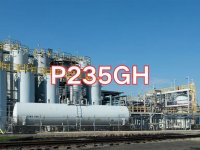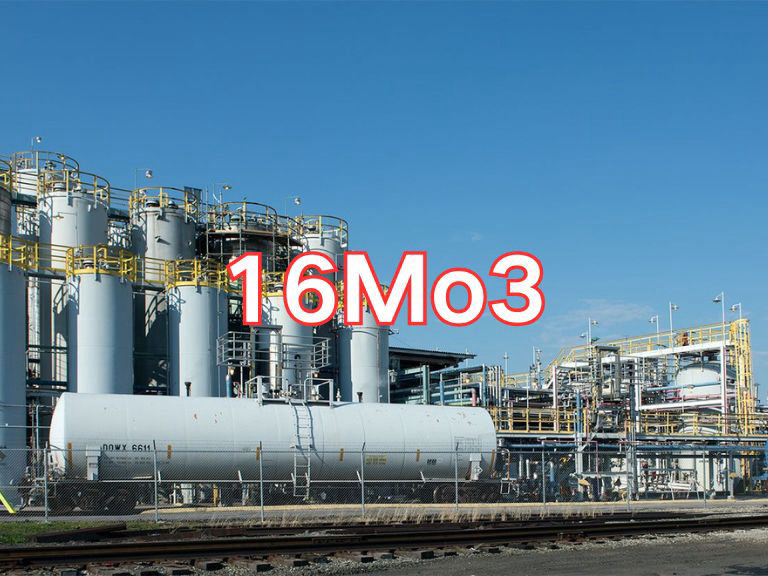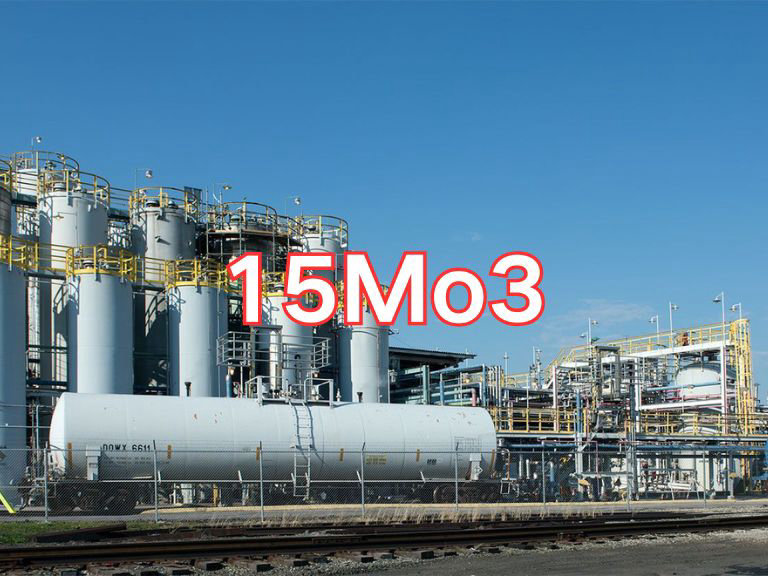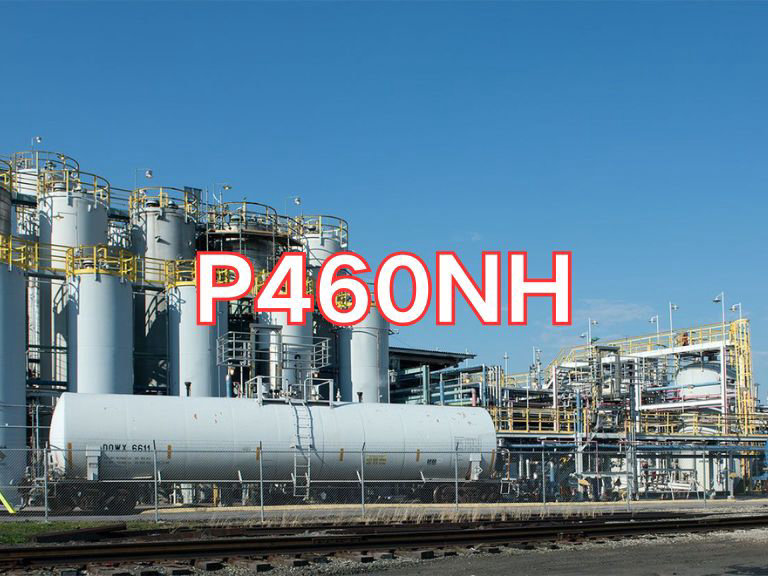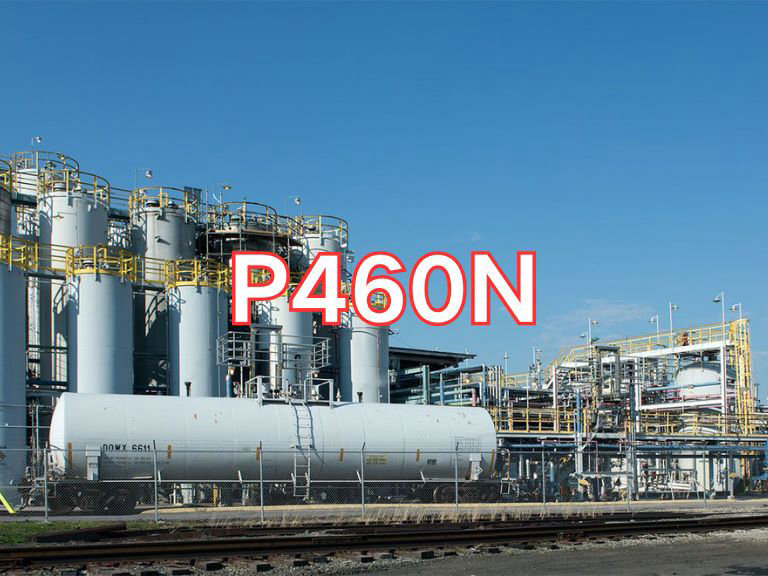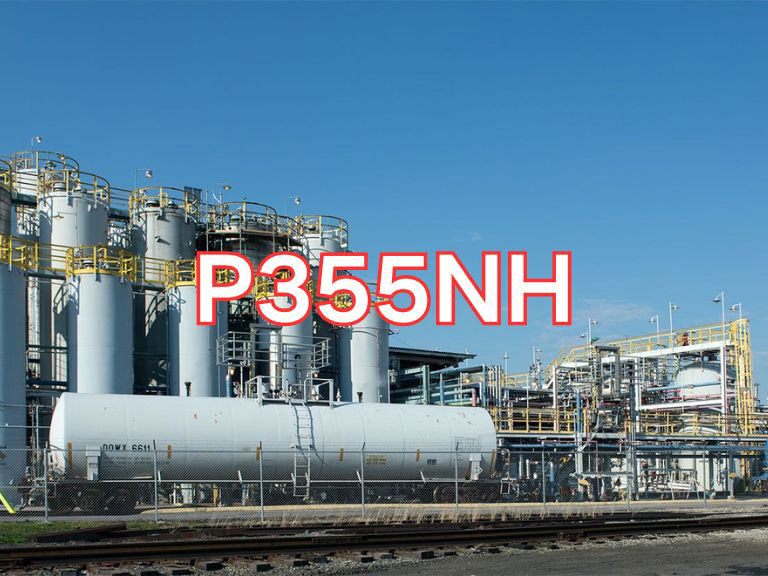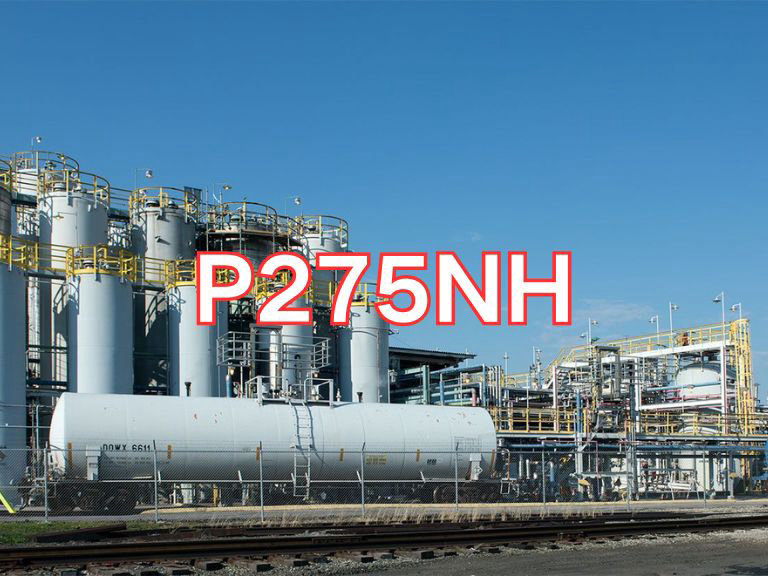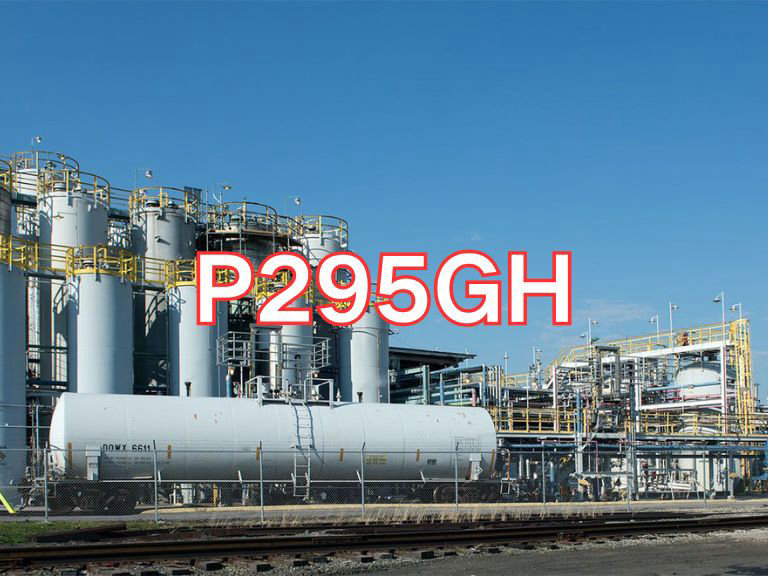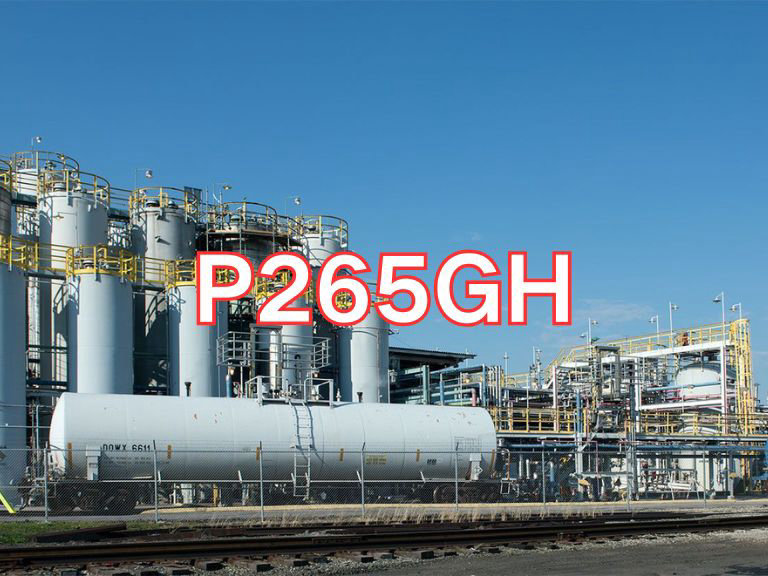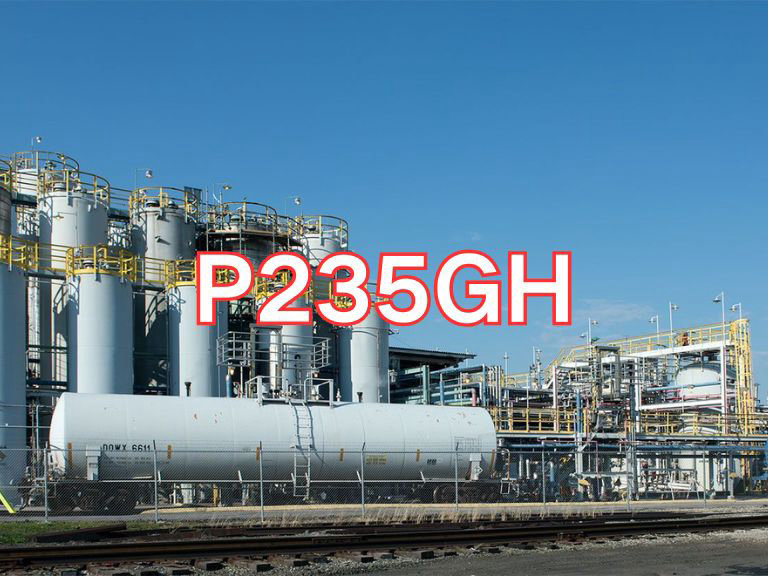

P235GH
P235GH steel plate is a high-quality non-alloy steel plate specifically designed for high-temperature pressure equipment, widely used in boilers, pressure vessels, and pressure piping systems. Its technical requirements are primarily governed by the European standards EN 10216-2:2019 "Seamless steel tubes for pressure purposes – Part 2: Non-alloy and alloy steel tubes with specified elevated temperature properties" and, more specifically for plate products, EN 10028-2:2022 "Flat products made of steels for pressure purposes – Part 2: Non-alloy and alloy steels with specified elevated temperature properties". EN 10028-2 is the current core international standard widely adopted for pressure equipment steel plates, clearly specifying the chemical composition, mechanical properties, elevated temperature performance, impact toughness, dimensional tolerances, and inspection requirements for P235GH.
The designation "P235GH" consists of four parts: "P" stands for "Pressure equipment", indicating the steel is intended for pressure vessels; "235" denotes the specified minimum yield strength at room temperature of 235 MPa; "G" means "Guaranteed impact test" (the supplier must perform impact testing); and "H" signifies "specified elevated temperature properties", meaning the steel not only meets room-temperature mechanical requirements but also possesses good high-temperature strength and microstructural stability, making it suitable for pressure components operating at elevated temperatures over long periods. P235GH is a fine-grain non-alloy steel, with carbon content strictly controlled (typically between 0.10%–0.17%) and microalloying elements such as aluminum (Al), niobium (Nb), or vanadium (V) added to refine the grain structure. This ensures excellent weldability, toughness, and resistance to high-temperature creep.
The primary applications of P235GH steel plate are in the energy, chemical, power generation, and industrial boiler sectors, suitable for manufacturing pressure equipment operating at temperatures up to 400°C. Typical applications include:
Boiler Manufacturing: Used for boiler shells, headers, tube sheets, and other pressure-bearing components.
Pressure Vessels: Used in oil and chemical industries for reactors, separators, and storage tanks (low to medium pressure).
Piping Systems: Used as tube billets or connecting parts for high-temperature steam or thermal fluid pipelines.
Heat Exchange Equipment: Used for manufacturing pressure shells of heat exchangers.
Key characteristics include: good elevated temperature strength and microstructural stability, excellent weldability (often requiring no preheating or only low preheating), good cold and hot formability, and high impact toughness (Charpy V-notch impact testing typically required at 0°C or -20°C). As an economical and reliable high-temperature pressure material, P235GH is widely used in Europe and in countries adopting European standards, making it one of the mainstream steel grades for the fabrication of medium- and low-temperature pressure equipment.

Ultrasonic Testing (UT)
A key non-destructive testing technique that uses high-frequency sound waves to detect internal flaws in steel plates. The probe emits sound waves, which reflect when encountering defects such as cracks or inclusions. The receiver captures the echoes, enabling precise determination of defect location and size. With high sensitivity, strong penetration, and fast inspection speed, UT effectively ensures internal quality, widely used in the production of heavy plates, pressure vessel plates, and other high-end products to guarantee safety and reliability.

Magnetic Particle Testing (MT)
A common surface inspection method that magnetizes the workpiece, causing leakage magnetic fields at surface or near-surface defects like cracks or inclusions, which attract magnetic particles to form visible indications. Simple to operate and highly sensitive, MT is suitable for rapid inspection of surface and near-surface flaws in ferromagnetic materials, widely used for online or offline inspection of plate edges, ends, and welds, ensuring product quality and safety.

Penetrant Testing (PT)
A non-destructive method for detecting surface-breaking flaws. A penetrant liquid is applied to the cleaned steel surface, allowing it to seep into defects such as cracks or pores. After removing excess penetrant, a developer is applied, causing the trapped penetrant to bleed out and form visible indications. Simple and cost-effective, PT is suitable for inspecting surface defects in various non-porous materials, commonly used for welds, castings, and complex components, effectively ensuring surface quality of steel plates.

